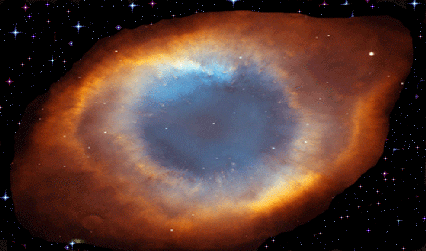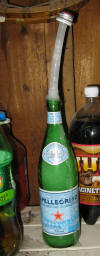 
 |
Because He Cares |
|
|
|
|

 |
|
Site Index |
|
TOPICS Emergency Help Alateen Victim Support Support Groups Grieving Compassionate Friends Helpful Guidelines in Death Funeral Options Death and Healing Police Links Dare Drugs Addictions My Name is Cocaine Counseling Agencies Domestic Violence Legal Information Legal Aid Senior Connections Youth Issues Child Abuse Family Violence Peace Bonds Victim Impact Statement Coroners Service Keep Kids Safe Bullying Family & Kids Kids Corner Teen Corner BC Governments Family Justice BC Attorney General Court Services BC Cities Journey of Hope Wemmicks Work Shops Christian Connections For Detailed Information Go To SITE INDEX |
| xxxxxxxxxxxxxxxxxx |
 What is a GPS  |
  I URGE YOU to view the Web Page "TO GOD I PROMISE" & DO IT |
  What is My God's GPS |
|
Home
-
What is a GPS
-
Stars & Galaxies
-
Contact My Other Website: Highway of Tears --I am Missing - Doors of Hope - Windows of Hope - Stop Child Abuse NOTE - Does NOT View properly in FIREFOX Browser |
|
HE
CREATED Amazing Close Up Pictures of Moths - Beetle - Froggie - Squirrel The Birth of a Chicken |
GENEVA BIBLE 1594 I have an Original Copy It's a BABY - NOT a FETUS Mission to the Philippines |
Special Videos Plus Music/Song Inspiring and Touching by: Nick Vujicic - Connie Talbot The Sky Angel Cowboy David Phelps - Lynda Randle |
WOW - Look at
This NESSIE and HIGH ROPES Ness Lake Bible Camp POEMS "I Saw The Cross Jesus Paid it All" & Others |
What God
Speaks Into Our Hearts Share Your Stories - email Tony Oh Lord, I Want to Sing a New Song by Katelyn |
|
HE CREATED - Videos Squirrel Bites Me - Fox Two Bears - Baby Canary Squirrel Hiding Seed Hungry Squirrel - Deer Resting |
It's 23 below Zero Cel. Poor Squirrel is Hungry More Winter Pictures 2013 My Favorite SUNRISES - SUNSETS |
Ice Flow -
Looks Like Steambath Nechako River in Prince George  Click on Picture More Winter Pictures Here |
FUNNY-COOL VIDEOS Join Me in a Snowy ride winter of 2011 The CAP of the bottle of Pellegrino popped Click on Picture |
ME
 PARASAILING LOL |
|
|
|
|
This stunning false-color picture shows off the many sides of the supernova remnant Cassiopeia A, which is made up of images taken by three of NASA's Great Observatories, using three different wavebands of light. Infrared data from the Spitzer Space Telescope are colored red; visible data from the Hubble Space Telescope are yellow; and X-ray data from the Chandra X-ray Observatory are green and blue. Image Credit: NASA/JPL-Caltech/STScI/CXC/SAO
|
| Return to Index |
Sunday November 17, 2013